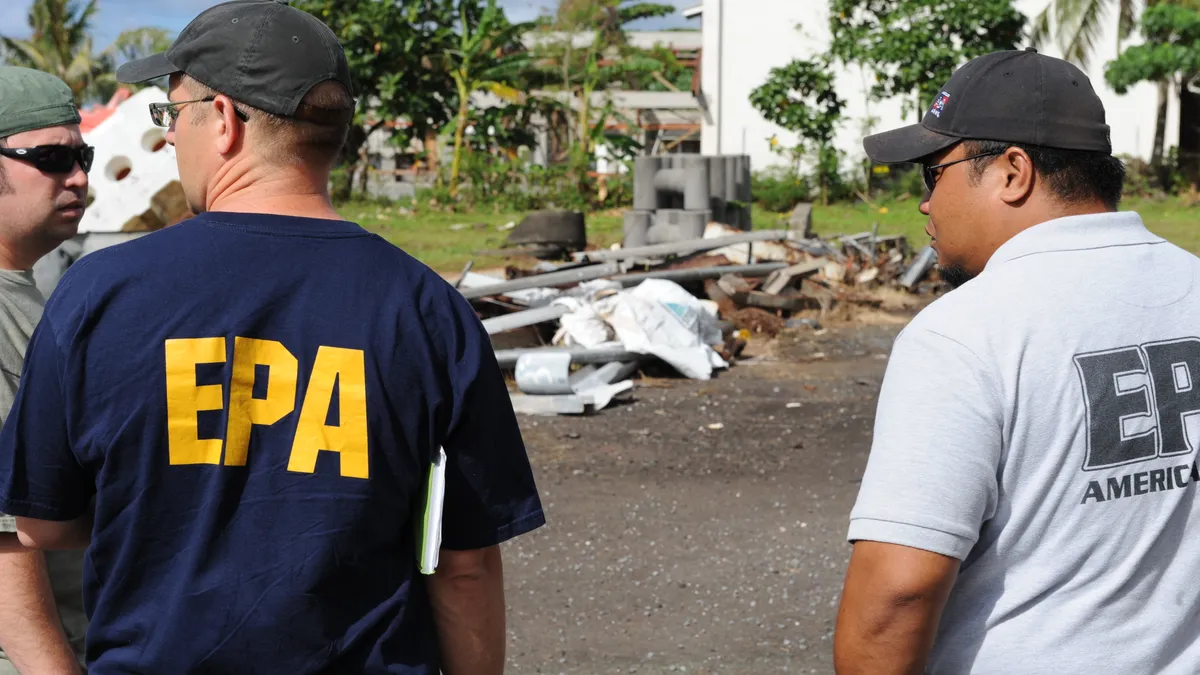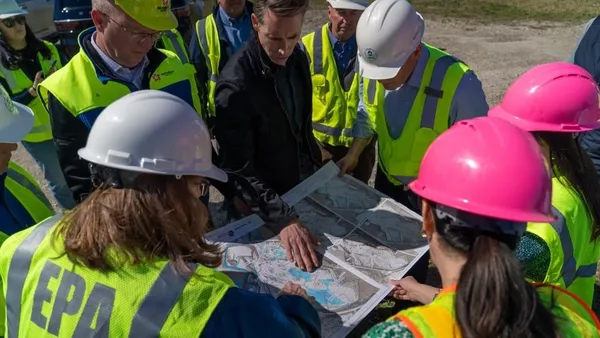Dive Brief:
- On Friday the U.S. Environmental Protection Agency (EPA) released final New Source Performance Standards (NSPS) for new, modified, and reconstructed municipal solid waste (MSW) landfills. The EPA also released emission guidelines for existing landfills built on or before July 17, 2014.
- Under the NSPS, MSW landfills will collect and control gas at emission levels that are one-third lower than current requirements. EPA anticipates that the combined rules will reduce methane emissions by about 334,000 metric tons—or 8.2 million metric tons of carbon dioxide—annually, beginning in 2025.
- Other standards from the rules include: requirements for quarterly surface emission monitoring of methane, criteria for capping or removing LFG collection-and-control systems when LFG diminishes, and requirements for landfill owners to monitor temperature and pressure at wellheads monthly.
Dive Insight:
The release of these final standards have been anticipated since August 2015 when the EPA issued two proposals for such standards under President Obama's Climate Action Plan. The proposals were put in place to update the 1996 guidelines for existing landfills and strengthen the EPA's efforts to combat emissions.
"The bottom line is - the data confirms that we can and must do more on methane," said EPA Administrator Gina McCarthy in a speech earlier this year. The EPA now estimates that these final landfill rules will not only dramatically reduce methane outputs, but could also have an economic benefit of $512 million—more than $8 for every $1 spent to comply.
According to the EPA, MSW landfills are the second-largest industrial source of methane emissions in the country, accounting for 20% of overall methane emissions in 2014. Organic waste is a main source of this methane, and while the EPA is working on reducing such emissions, it is also working on reducing organic waste in landfills overall. The agency has worked with USDA to implement goals for halving food waste by 2030, and many industry leaders have discussed how other solutions such as landfill bans could assist in the process.















